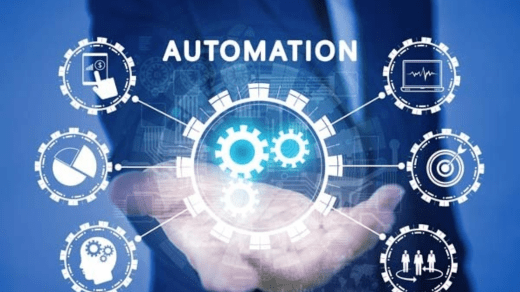Differences between Continous Integration, Deployment and Delivery

In the realm of software development, the terms Continuous Integration (CI), Continuous Deployment (CD), and Continuous Delivery (CD) are often used interchangeably, leading to confusion about their distinct meanings and purposes. While these practices share common goals of streamlining the software development lifecycle and accelerating time-to-market, they serve different functions and operate at different stages of the pipeline.
In this blog post, we’ll unravel the differences between Continuous Integration, Deployment, and Delivery, shedding light on their unique roles in cloud technology and modern software development workflows.
Continuous Integration (CI):
Continuous Integration is a development practice that revolves around the frequent integration of code changes into a shared repository, typically multiple times a day. The primary objective of CI is to automate the process of code integration and testing, ensuring that changes made by individual developers are seamlessly integrated with the main codebase. By continuously integrating code, teams can identify and address integration issues early in the development cycle, minimizing the risk of conflicts and regressions. CI pipelines often include automated build, test, and code analysis steps, enabling developers to receive rapid feedback on the quality and stability of their changes.
Continuous Deployment (CD):
Continuous Deployment expands the CI principles by automating the deployment of code changes to production environments after successful testing. In a Continuous Deployment setup, every validated code change that passes through the CI pipeline is automatically deployed to production without manual intervention. This seamless automation enables teams to deliver new features, bug fixes, and enhancements to end-users at a rapid pace, often multiple times a day. Continuous Deployment requires a high degree of confidence in the automated testing and release processes to ensure that deployments are reliable and do not introduce regressions or disruptions to the production environment.
Continuous Delivery (CD):
Continuous Delivery encompasses the practices of CI and CD while emphasizing the readiness of software for release at any point in the development cycle. Unlike Continuous Deployment, which automatically deploys every validated change to production, Continuous Delivery focuses on ensuring that software is always in a deployable state, ready to be released at the push of a button. In a Continuous Delivery workflow, code changes are automatically built, tested, and packaged for deployment to production-like environments, where they undergo additional validation and approval before being released to end-users. Continuous Delivery provides the flexibility to release software updates on demand while maintaining control over the release process and minimizing the risk of disruptions to production environments.
Key Differences:
1. Scope:
– Continuous Integration: Focuses on automating code integration and testing.
– Continuous Deployment: Automates the deployment of code changes to production after successful testing.
– Continuous Delivery: Ensures that software is always in a deployable state, and available for release at any moment.
2. Automation:
– Continuous Integration: Automates code integration, build, and testing processes.
– Continuous Deployment: Automates the deployment of validated code changes to production.
– Continuous Delivery: Automates the entire software delivery pipeline, from code integration to deployment readiness.
3. Deployment:
– Continuous Integration: Does not involve deployment to production.
– Continuous Deployment: Automatically deploys validated code changes to production.
– Continuous Delivery: Prepares software for deployment but requires manual approval for release to production.
Conclusion:
Continuous Integration, Deployment, and Delivery are integral practices in modern software development, each serving a distinct purpose in the software delivery lifecycle. While Continuous Integration focuses on automating code integration and testing, Continuous Deployment automates the deployment of validated changes to production, and Continuous Delivery ensures that software is always in a deployable state, and available for release at any moment. By understanding the differences between CI, CD, and CD, teams can optimize their development workflows, accelerate delivery cycles, and deliver high-quality software with confidence; efficiently utilizing CI/CD services.

